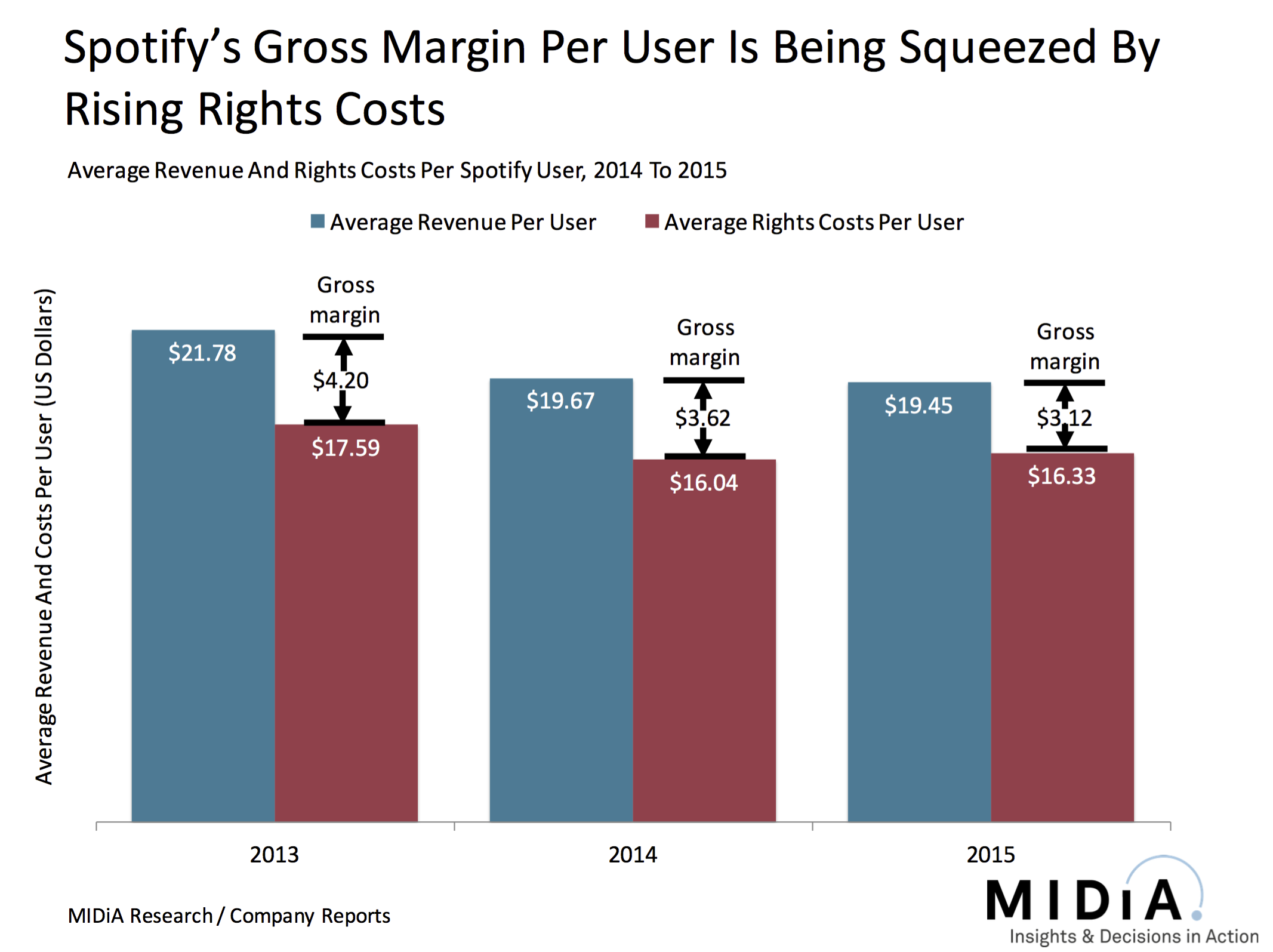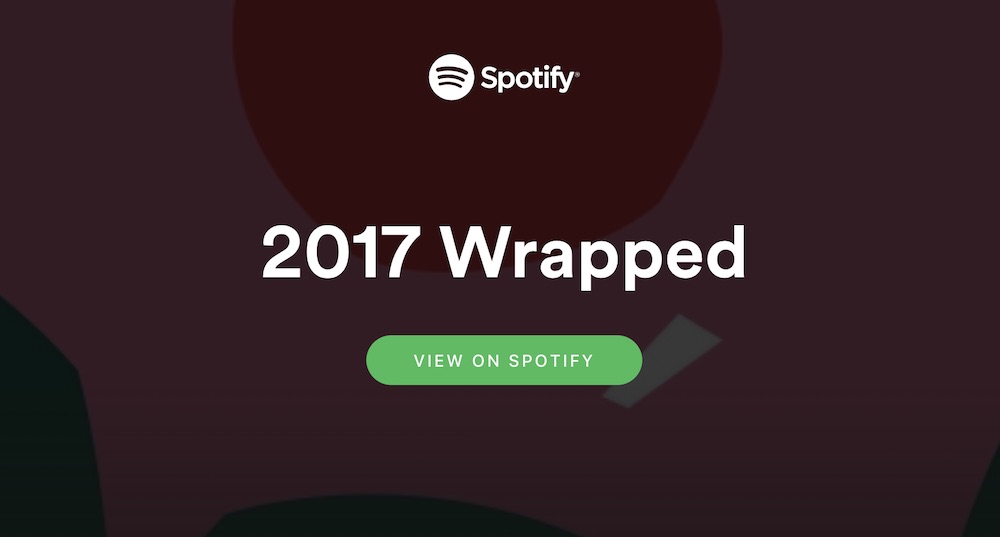
However, all songs were included in our analysis of artists that appeared on one chart but not the other, as seen in the final two visualizations.Wondering what the top music of 2017 streamed on Spotify was? Spoiler alert: Ed Sheeran, followed closely by “Despacito.” Not surprising or all that interesting, eh? Spotify have released their Global Year In Music charts, and while there are a lot of the usual suspects in terms of artists and pop songs, things get pretty interesting in the “Emerging 2017 Genres” list, specifically the top two emerging genres. Similarly, we removed songs on the Decemcharts because the number of weeks they’ll remain in the top 50 is unknown. Songs released before Decemwere removed to avoid muddling our calculations of average trajectories on radio and Spotify (because we don’t know whether these songs charted in prior weeks). We classified each artist by genre based on results from the Spotify API and Wikipedia. We determined the date of each song’s release by retrieving data from the MusixMatch API and manually supplementing it with information from Wikipedia. There were two missing weeks from Spotify data because the links appear to be broken, but it does not significantly affect the averages. songs over the same timeframe, but culled each week’s list to the top 50 to match our data from Billboard.

Similarly, we used Spotify’s weekly list of Top 200 U.S. We used Billboard’s weekly chart of “ Top Radio Songs” in the US between Decemand December 25, 2018. We’re witnessing an indisputable paradigm shift across the music industry. More and more, artists are finding widespread exposure on streaming platforms first and radio second (if at all). As our analysis shows, radio continues to fill a need for certain listeners like country music fans.Īll that said, our analysis indicates that mainstream radio is playing a different role in the music landscape than it used to. Spotify, Apple Music, and other platforms tend to skew towards hip-hop / pop / latin, whose audiences are young and tech-savvy.Radio caters to these folks (as do curated playlists on a service like Spotify). Passive music listeners still make up a large chunk of music fans. While streaming services have infinitely deep catalogues that reward exploration, not everybody wants the world at their fingertips.Moreover, radio remains the most common way for Americans to discover new music, ahead of streaming services and social media. Data from Nielsen’s annual 360 Music report shows that the percent of Americans over 12 who listen to broadcast radio on a weekly basis has stayed relatively steady since 1970. Radio is still massively popular among the broader American public.So is radio doomed? Before we write radio’s obituary, let’s remind ourselves of three things: Our analysis lends insight into how quickly new songs are finding an audience through streaming vs. To find out, we grabbed data on every song that broke either the top 50 on Spotify or radio (according to Billboard) dating back to the week of December 29, 2016. Bob Lefsetzīut just how accurate is Lefsetz’s assessment? Is radio really losing its standing as a purveyor of new music and emerging trends? Who in hell is gonna tune in to hear that which was a hit months before? NOBODY! Radio is almost like reruns. Here’s what he had to say about the current dynamics between streaming and radio: By waiting so long to go on tracks and sticking with them radio is clogging the arteries, and signing its own death warrant. Music industry veteran Bob Lefsetz noted this shift in a 2017 edition of his newsletter. The editors of curated playlists on Spotify and Apple are suddenly supplanting radio DJs as (arguably) the industry’s most influential tastemakers.


Spotify, Apple Music and other platforms are leveling the playing field, allowing unknown artists to bypass radio and still build massive, global fanbases. Acts like Jay-Z and REM - among the most successful of the ‘80s and ‘90s - got their starts by forging powerful alliances with regional radio stations before ascending to national stardom.īut with the advent of streaming services, times have changed. Radio DJs were the gatekeepers of the industry, offering up-and-coming acts a level of exposure that could change their careers almost overnight.

Measuring Radio's Lag Behind Streaming Services And how it's impacting the music we listen toįor decades, everybody in the music business knew one thing for certain: if you wanted to break a new artist, you had to get their songs played on the radio.


 0 kommentar(er)
0 kommentar(er)
